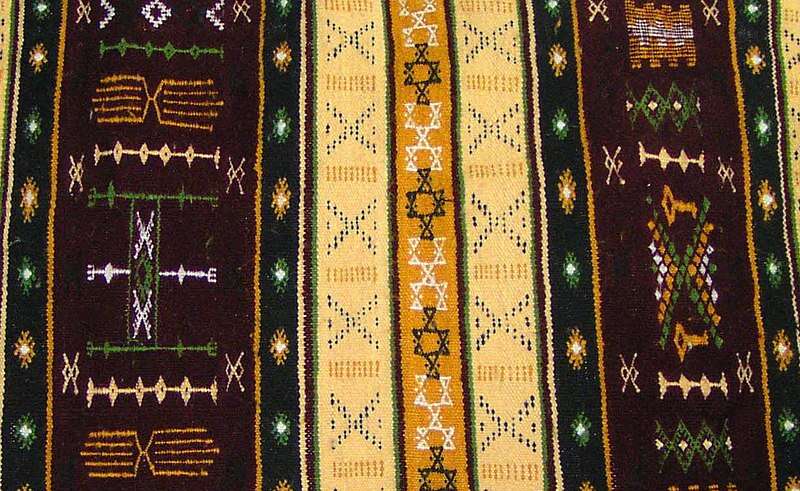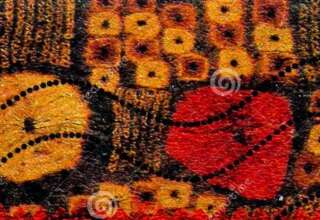
Tom Leonhardt provided valuable services for many years in countries throughout the world. He was interviewed recently about his consulting and teaching experiences in Tunisia. He reflects on his own ongoing learning on behalf of his assignment to assist the Tunisians in their efforts to bring family planning and birth control into the Tunisian communities. This is the second of a series of interviews with Tom and his impactful cross-cultural encounters. Here is the interview with Tom Leonhardt.
Following is a brief review of the history, politics, economy, health, education and culture of Tunisia (excerpted and modified from Wikipedia):
Tunisia, officially the Republic of Tunisia, is a country in the Maghreb region of North Africa. It is bordered by Algeria to the west and southwest, Libya to the southeast, and the Mediterranean Sea to the north and east. Tunisia also shares maritime borders with Italy through the islands of Sicily and Sardinia to the north and Malta to the east. It features the archaeological sites of Carthage dating back to the 9th century BC, as well as the Great Mosque of Kairouan. Known for its ancient architecture, souks, and blue coasts, it covers 163,610 km2 (63,170 sq mi), and has a population of 12.1 million. It contains the eastern end of the Atlas Mountains and the northern reaches of the Sahara desert; much of its remaining territory is arable land. Its 1,300 km (810 mi) of coastline includes the African conjunction of the western and eastern parts of the Mediterranean Basin. Tunisia is home to Africa’s northernmost point, Cape Angela. Located on the northeastern coast, Tunis is the capital and largest city of the country. The official language of Tunisia is Modern Standard Arabic. The vast majority of Tunisia’s population is Arab and Muslim. Vernacular Tunisian Arabic is the most spoken and French serves as an administrative and educational language in some contexts, but it has no official status.
Beginning in early antiquity, Tunisia was inhabited by the indigenous Berbers. The Phoenicians, a Semitic people, began to arrive in the 12th century BC, settling on the coast and establishing several settlements, of which Carthage emerged as the most powerful by the 7th century BC. Ancient Carthage was a major mercantile empire and a military rival to the Roman Republic until 146 BC when it was defeated by the Romans who occupied Tunisia for most of the next 800 years. The Romans introduced Christianity and left architectural legacies like the Amphitheatre of El Jem. In the 7th century AD, Arab Muslims conquered Tunisia and settled with their tribes and families, bringing Islam and Arab culture. By around the 15th century, the region of modern-day Tunisia had already been almost completely Arabized. Then, in 1546, the Ottoman Empire established control, holding sway until 1881, when the French conquered Tunisia. In 1956, Tunisia gained independence as the Tunisian Republic. Today, Tunisia’s culture and identity are rooted in this centuries-long intersection of different cultures and ethnicities.




